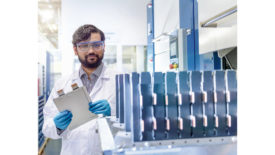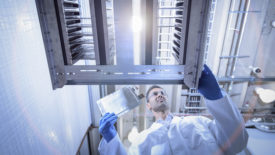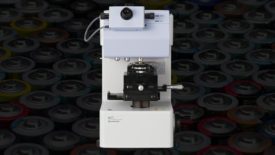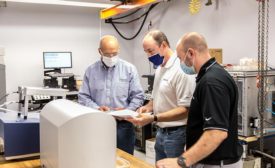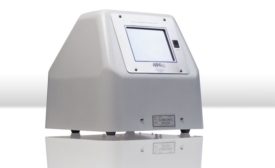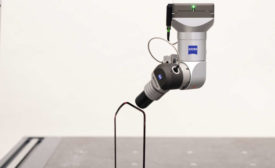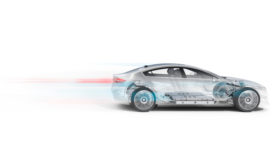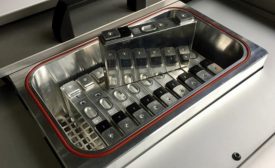Home » Keywords: » battery
Items Tagged with 'battery'
ARTICLES
NDT | Leak Testing
Leak Detection’s Crucial Role in Li-ion Traction Battery Production
Manufacturers that routinely challenge their leak tightness testing process will consistently produce products with reliable performance, battery longevity and safety.
January 9, 2024
NDT | Computed Tomography
The most effective and precise battery inspection technology
It’s the tiniest defects that are the major problems today.
January 8, 2024
NDT | Computed Tomography
Creating the Future of Mobility with CT Inspection of Batteries
Industrial x-ray and CT inspection supports quality control and failure analysis at all stages of a battery's lifecycle.
September 21, 2023
Test & Inspection
Hardness Testing of Individual Battery Electrode Particulates
Recently, researchers have shown correlation between particle hardness and cycle performance.
April 4, 2023
Standardized Leak Testing for Lithium-Ion Battery Cells
It is Essential for Automakers.
January 6, 2021
NDT Leak Testing
Leak Testing Meets New Energy Storage Needs
Leak tightness is a major criterion for stable performance of a battery pack over the expected lifetime of an electrical vehicle.
August 5, 2020
E-Mobility Inspection
With electric vehicles on the rise, so too are the inspection applications.
August 1, 2020
Introducing E-Mobility Inspection
Meet the quality inspection solutions for all components of E-Mobility: Battery, Power Electronics, E-Motor and Transmission.
January 2, 2020
5 Important Reasons to Check for Leaks in Battery Manufacturing
For quality, durability and safety, leak testing is critical.
July 1, 2019
Stay in the know with Quality’s comprehensive coverage of
the manufacturing and metrology industries.
eNewsletter | Website | eMagazine
JOIN TODAY!Copyright ©2024. All Rights Reserved BNP Media.
Design, CMS, Hosting & Web Development :: ePublishing

